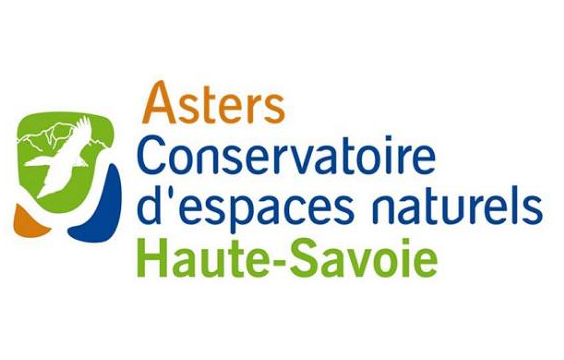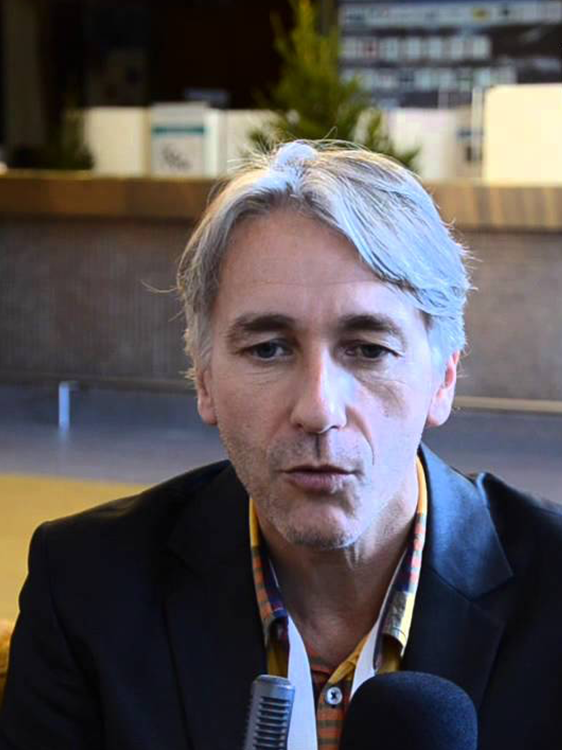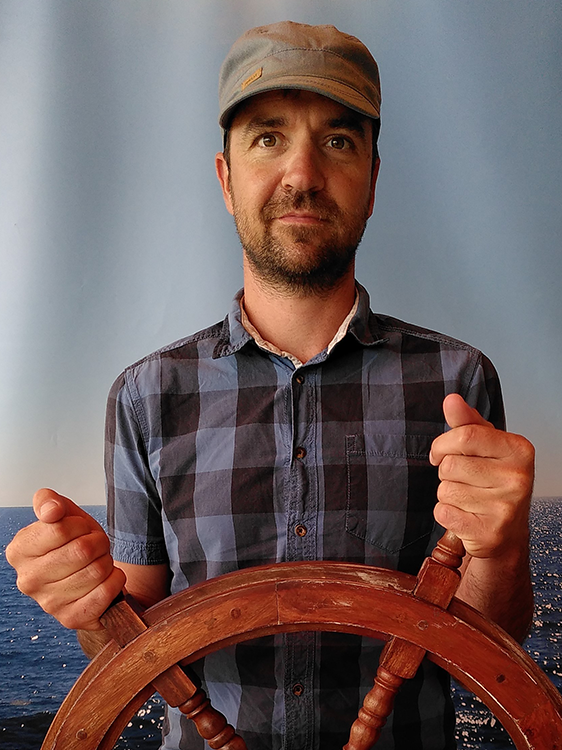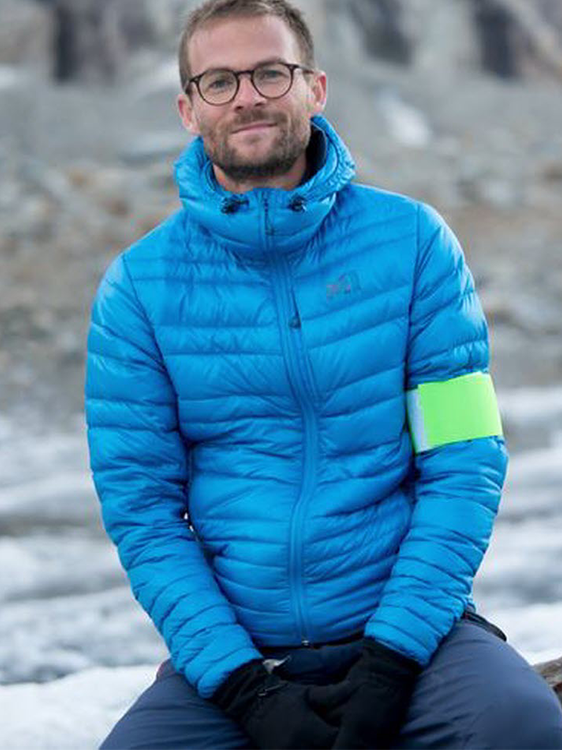Protecting current and future glaciers and deglaciated areas
A novel project linking science and nature conservation
Ice & Life
Between science and nature conservation, Ice&Life is an innovative project that explores one of our planet's greatest current metamorphoses. As a result of climate change caused by human activity since the Industrial Revolution, glaciers are melting all over the world, and the process is accelerating. From the end of the Little Ice Age (1850-1900 depending on the region) to the end of the 21st century, glacial decline will expose hundreds of thousands of km2 globally. In these areas, that are of the “last of the wild” on our planet, diverse terrestrial (rocky areas, grasslands, forests, etc.), freshwater (rivers, lakes, wetlands, etc.) and marine (fjords, coastlines, lagoons, etc.) ecosystems are developing. By gathering scientific data on this new ecological frontier and showing the crucial role played by glaciers and postglacial ecosystems to address some of the unprecedented challenges of the Anthropocene (climate change, water scarcity, biodiversity loss, etc.), Ice&Life aims to increase the recognition and protection of these key ecosystems.
Ice&Life relies on three complementary objectives
Improve knowledge
Science
Share scientific knowledge and increase awareness in the society and for cold region stakeholders
Communication
Improve the protection of glaciers and postglacial ecosystems
Conservation
News
Science
Ice&Life aims to develop interdisciplinary scientific knowledge on glacial and postglacial ecosystems, as well as on the transition between them. Research, carried out from the pilot area in Haute-Savoie to the entire planet, will focus on glacier evolution, the development of postglacial ecosystems, and the importance of these ecosystems for climate, biodiversity, freshwater and human activities. Research will also focus the threats to these ecosystems and the opportunities to enhance their protection and sustainable management.
Thanks to research carried out since 2021 in Ice&Life and detailed below, we have learned that…
- The 210,000 glaciers on Earth (excluding the two continental ice sheets of Antarctica and Greenland) covered ~665,000 km2 in 2020 (about the surface area of France). Depending on greenhouse gas emission scenarios, this area is expected to shrink by 22 ± 8% to 51 ± 15% by 2100. The associated deglaciated areas are expected to extend from 149,000 ± 55,000 (the surface of Nepal) to 339,000 ± 99,000 km2 (the surface of Finland) and will be mainly composed of terrestrial areas (78%), followed by submarine (14%) and continental (8%) depressions, enabling the development of large terrestrial, marine and freshwater ecosystems (in *Future emergence of novel ecosystems caused by glacial retreat (Bosson et al. Nature, 2023)).
- Glaciers and post-glacial ecosystems have a major role to play to mitigate and adapt to climate change, to limit sea-level rise, guarantee access to freshwater in many regions and halt the erosion of biodiversity.*
- Glaciers and post-glacial ecosystems are still barely recognized in nature conservation policies, and are poorly covered by protected areas (only 30% of surfaces worldwide are protected, including 8% in World Heritage sites; and 48% including the surface covered by the Antarctic Treaty). Because of their location in public areas most of the time, these ecosystems, which face numerous threats (infrastructures, pollution, destruction, etc.), could be easily and rapidly protected on a global scale*.
- Glaciers in Haute-Savoie have lost 30% of their surface area since 1850. The deglaciated surface is made up of 90% mineral zones (rock outcrops, moraine, scree), the rest is covered by forests, grasslands, rivers or lakes. In 2022, fauna and flora inventories were carried out in these areas to increase knowledge on the postglacial ecological evolution.
- The temperature of Lac de Bionnassay (Haute-Savoie), formed 15 years ago as a result of glacial retreat, never exceeds 2.5°C, and light diffusion is extremely reduced beyond a depth of 50 cm. These extreme conditions, typical of glacial lakes, limit the development of life to the few adapted species.
Field campaigns in 2022
The team of Asters-CEN74 has investigated 14 freshly deglaciated areas in Haute-Savoie.


In addition to fauna inventories, 40 botanical surveys were carried out and the freshwater invertebrates were sampled in 9 sites.
Search in progress
Conservation

Why and how do we have to protect glaciers and postglacial ecosystems?
Glaciers and emerging postglacial ecosystems cover huge areas on Earth and are of key importance for the climate, the water cycle, the distribution of biodiversity (etc.). While they remain barely considered in nature conservation agendas and policies, increasing their protection appears as a major priority and the actions carried out in Ice&Life aim to contribute to this.
The protection of these key ecosystems obviously mainly relies on the global acceleration of climate change mitigation. In this context, Ice&Life seeks to increase the consideration and use of glaciers as a leverage to enhance global awareness and actions (following the example of what has been proposed by Bosson et al., 2019 in the scientific article Disappearing World Heritage Glaciers as a Keystone of Nature Conservation in a Changing Climate, or done in Switzerland since 2019 through the “Glacier Initiative”).
In addition to the indirect approach of climate change mitigation, Ice&Life is developing and proposing advocacy and concrete solutions to increase in-situ protection of glaciers and postglacial ecosystems through the creation of protected areas, the recognition of ecosystems that are locally de facto protected (for instance emerging wetlands) and the expansion of environmental legislation. Protecting strongly glaciated and recently deglaciated areas as of today enable to proactively protect these key changing ecosystems (regardless their glacial or postglacial fate), guarantee their free evolution, their functioning and the ecosystem services they provide, and limit the development of unsustainable and impacting human activities on their surface.
Since 2021, the actions lead in Ice&Life have allowed to…
Team and partners
The Ice&Life project has been developed by the glaciologist Jean-Baptiste Bosson within the scientific service of Asters, the Conservatoire d'Espace Naturels de Haute-Savoie (Asters-CEN74) since 2021. One of Asters-CEN74's missions is to develop knowledge of natural environments and support local authorities in preserving them. The Conservatoire manages the 9 national nature reserves (including a dozen glaciers) in Haute-Savoie on behalf of the French government, and was involved in the creation of the Arrêté de Protection des Habitats Naturels (APHN) du Mont-Blanc in 2020.
The project team includes ecologists from Asters-CEN74 and WWF-France, as well as scientists from various research laboratories. A committee of ambassadors is being set up to help disseminate the results and recommendations for protection.

The team
at Asters

Chloé
Chabert
Biologist

Manon
Salerno
Biologist

Guillaume
Costes
GIS specialist

Jean-Luc Baudin
Public relation officer

Marie Heuret
Head of the scientific and technical department of Asters CEN74
The team
À WWF-France

Jean-Christophe
Poupet
Coordinator of the programme Alps
The team
Scientific committee

Dr. Florent Arthaud
Biologist, CARRTEL Laboratory
Université Savoie Mont-Blanc

Prof. Philippe Billet
Professor of public law. Director of the Institute of Environmental Law, Lyon
Université Lyon 3

Ilann Bourgeois
Biogeochemist; CARRTEL Laboratory
Université Savoie Mont Blanc

Dr. Sophie Cauvy-Fraunié
Biologist
INRAE

Prof. Jean-Christophe Clément
Biologist, CARRTEL Laboratory
Université Savoie Mont-Blanc

Dr. Mauro Fischer
Glaciologist-geomorphologist, Institute of Geography & Oeschger Center for Climate Change Research (OCCR)
Université de Bern

Dr. Adrien Guerou
Physicist, CARRTEL Laboratory
Université Savoie Mont-Blanc

Dr. Matthias Huss
Glaciologist
ETHZ, l’Université de Fribourg et WSL

Prof. Jérôme Poulenard
Biologist, EDYTEM Laboratory
Université Savoie Mont-Blanc
Former financial partners
Thanks for the initial help to develop the project :






















